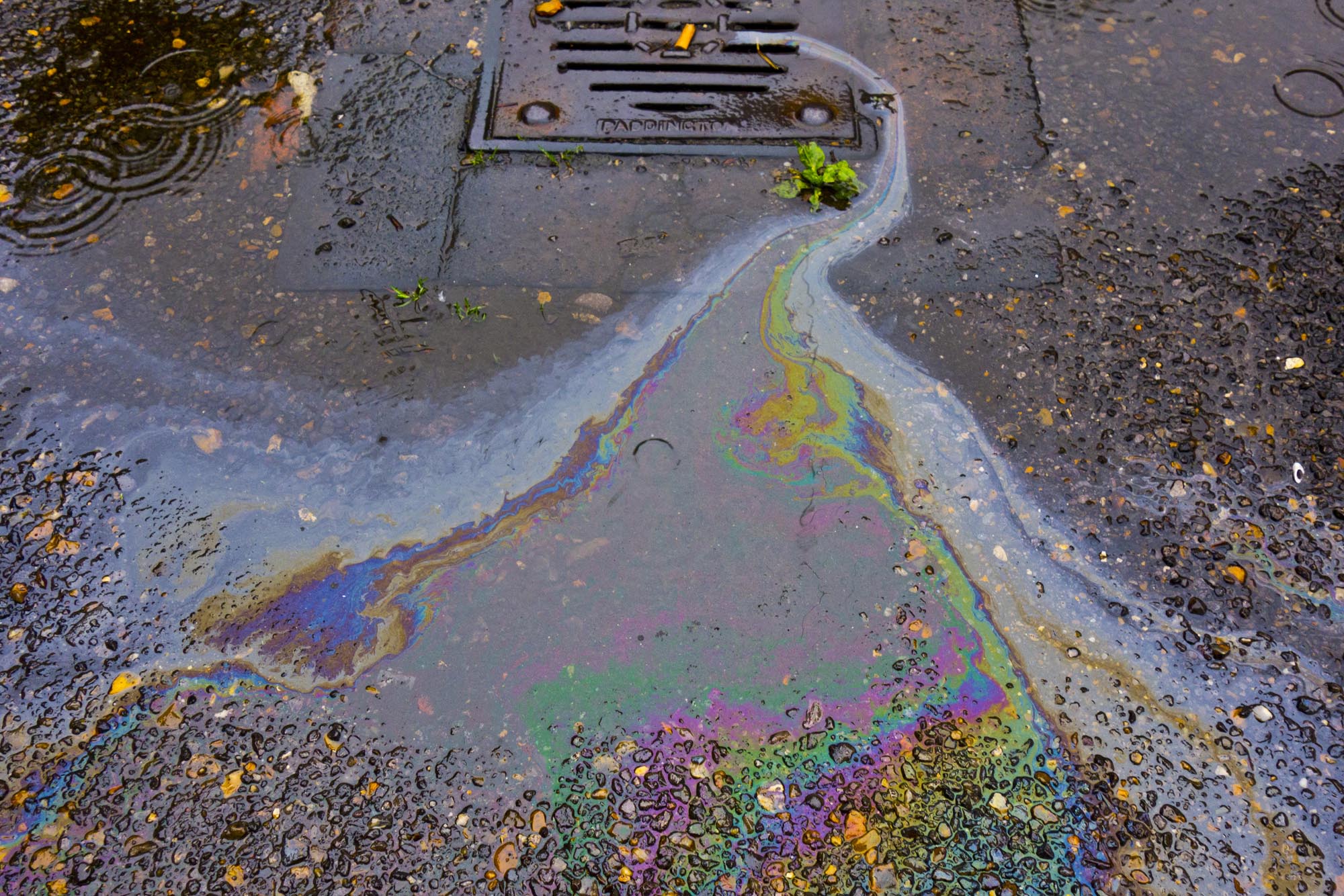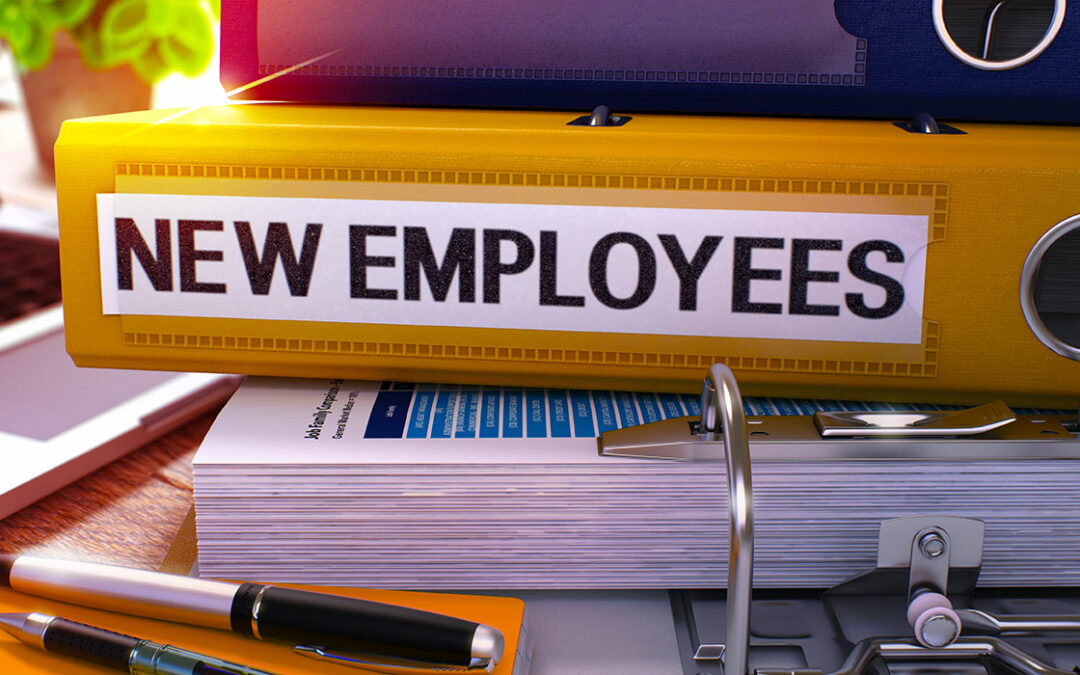A fuel spill is a serious safety hazard at convenience store gas pumps. Most stores will experience small spills frequently, while large and potentially catastrophic spills are much less common. Causes of spills range from small drops or splashes of fuel during fill ups to large flows of fuel which may happen as the result of a car accident or other major event. For the safety of everyone at your store, all employees must be trained on how to properly respond to the different types of fuel spills that may occur at your store. Here’s what they need to know:
How to Use the Contents of Your Fuel Spill Kit
Preparation is key to effectively responding to any fuel spill. Your location should have a fuel spill kit that includes absorbent, blankets, booms or “pigs,” collection bags, and personal protection equipment (PPE) such as gloves, goggles, and a safety vest. Fuel spill kits come in different sizes with different materials, so it’s important all employees are familiar with the kit at your location.
Location of Emergency Shut Offs
All fuel locations have at least one emergency shut-off switch or button that will cut off the electricity to the fuel equipment and stop the flow of fuel to all the pumps. These are typically used in the event of a fire emergency, a large spill, or if gas is flowing and cannot be stopped. Your fuel spill training program must teach employees the location of the shut-offs, how to use them, and when to use them.
The Four Cs of Responding to Fuel Spills
Train your employees to follow the “4 Cs” of responding to fuel spills:
- Control – How the flow of fuel is controlled depends on the severity of the incident. Large and potentially catastrophic fuel spills require the use of the emergency shut-off switch. Smaller spills may require the employee to simply shut off the one pump. Or, with minor spills, the flow of fuel is controlled before the employee even becomes aware of it.
- Contain – Containing the fuel spill starts with putting on all necessary PPE to avoid direct contact with fuel. Employees should then place cones or tape off the area to keep people and vehicles away from the spill. Booms, blankets, or “pigs” from the spill kit will keep the fuel from running off into nearby drains or landscaping.
- Clean up – Train employees to clean up the spill using the absorbent material from the fuel spill kit. The kit will include instructions on how long to leave the absorbent down. Make sure employees know what to use to collect the absorbent and how to dispose of it properly.
- Communicate – Communication occurs throughout the process of responding to a fuel spill. Employees must know your company’s procedures on documenting fuel spills, talking with customers, and notifying necessary people.
Fuel Spill Training Online
Although every company may have specific guidelines for responding to fuel spills, online training will provide a foundation that teaches employees the basic steps to safely handle a fuel spill incident. Click here for a preview and to learn more.





